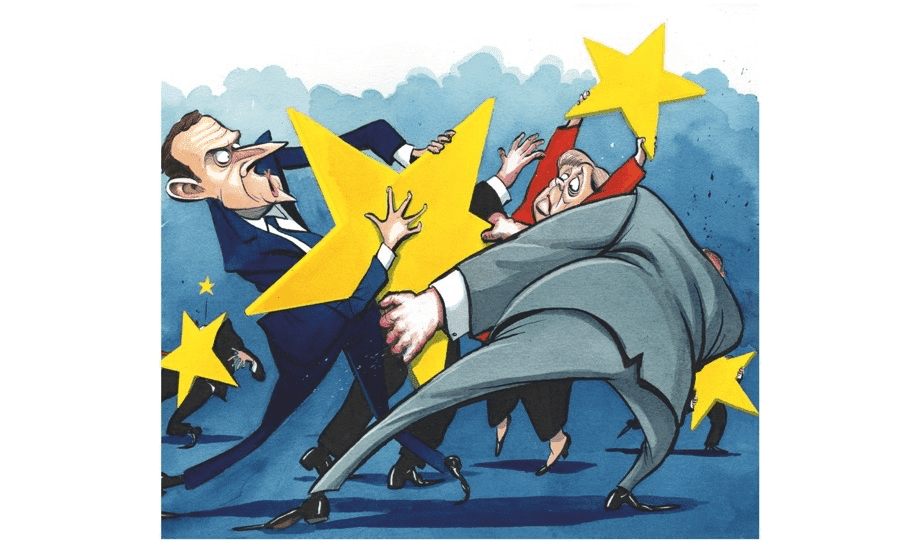This summer marks a truce. But if, as expected, Liz Truss becomes prime minister, it is almost inevitable that tensions over the Northern Ireland protocol will resurface. Britain has been threatened with trade barriers if it tears up the protocol, with implications for import and export industries. But one possible consequence has been largely overlooked, in spite of the gathering energy crisis: the trade in gas and electricity.
Imported power via undersea interconnectors is the forgotten but fast-growing element of our electricity system. In 2019, 6.1 per cent of our electricity was imported. Undersea power interconnectors, which have been a feature of the UK electricity system since 1986 when the first one plugged Britain into France’s national grid, are designed to work in both directions. They allow, for example, the UK to buy cheap French electricity when there is surplus generation in France and vice versa. In recent years, the electricity has tended to flow predominantly in one direction: towards Britain. In 2019, Britain sold 0.7 TWh of electricity to France and imported 11.9 TWh from it. For the Netherlands, the corresponding figures were 0.3 TWh and 11.1 TWh and for Belgium 0.1 TWh and 5.1 TWh.
However, in recent months, the current has been flowing mainly in the opposite direction. Britain has been supplying a lot of energy to France, many of whose nuclear reactors have been out of action. Sometimes, half of the country’s 56 nuclear plants have been offline for maintenance. At 4 p.m. this afternoon, for example, 3.7 per cent of UK energy supply was being exported – thanks in part to surplus solar energy. It is a similar story with gas. Until recently, the UK was a net importer of gas via pipelines between Norfolk, Belgium and the Netherlands. With diminishing quantities of Russian gas making it to western Europe, however, the flow is now in the opposite direction. Liquified Natural Gas (LNG) imports to Britain from the US and Qatar have been stepped up, and some of the gas arriving in Britain is being exported to the near Continent.
The only interconnectors through which we traditionally sell more power than we buy are those with Ireland. Ireland is especially dependent on Britain for gas and electricity imports, via gas pipelines from Scotland and an electricity link with Wales. When Britain voted for Brexit, the Irish government sensed possible trouble if Britain were to leave the single market and commissioned an electricity interconnector with Brittany. However, that is still in the planning stage and will not be operational until 2026. Similarly, following Brexit, the Irish government proposed to speed up pre-existing plans for its own LNG terminal at Shannon. However, the project has been delayed partly in response to environmental protests, and a decision is not due until September.
The potential for energy wars between Britain and the EU became apparent last year when France threatened to cut off Jersey’s electricity supply as part of its dispute over fishing quotas. At that point, Britain may have seemed vulnerable to its electricity interconnectors being cut off. Now, by contrast, it is Britain which holds the trump card – and Ireland which finds itself in an especially difficult position. Ireland’s dependence on Britain for energy will make it much more difficult for the EU to threaten Britain over the Northern Irish protocol by blocking trade in other goods.







Comments